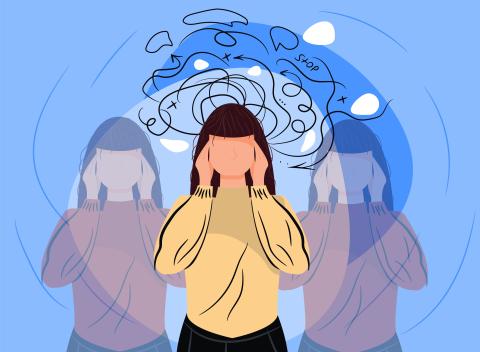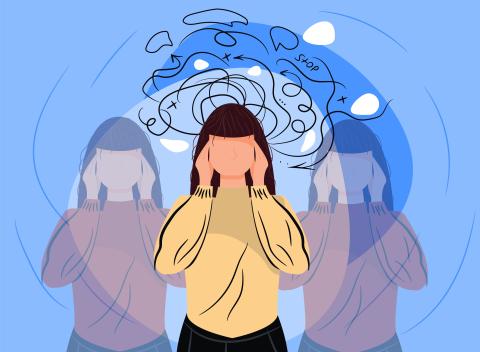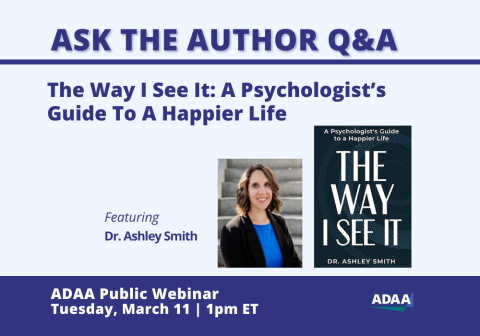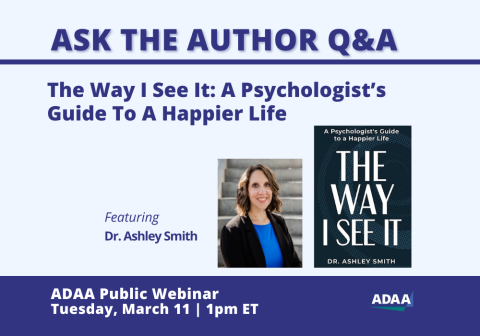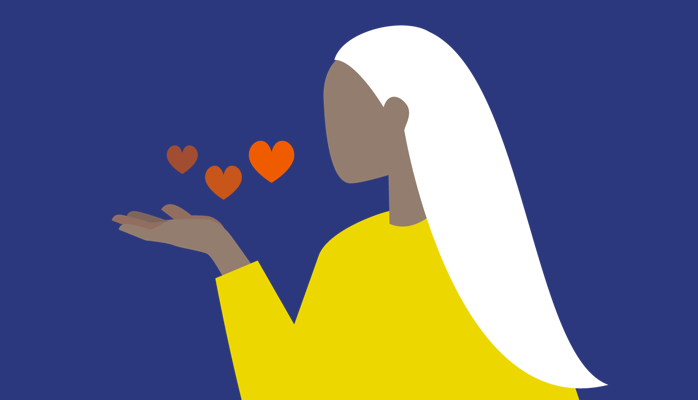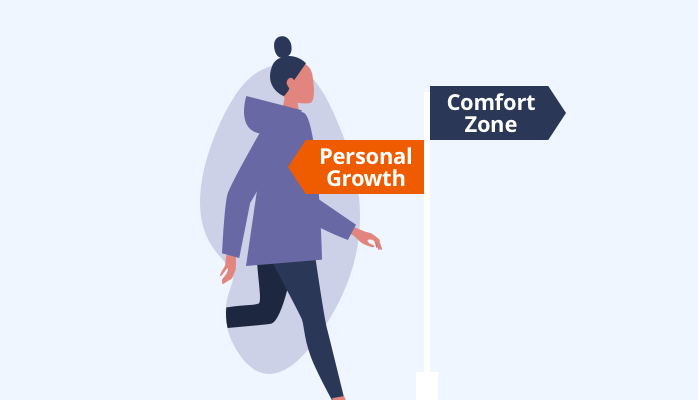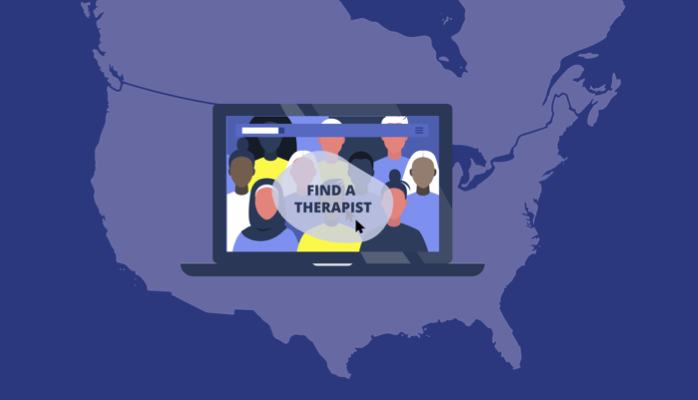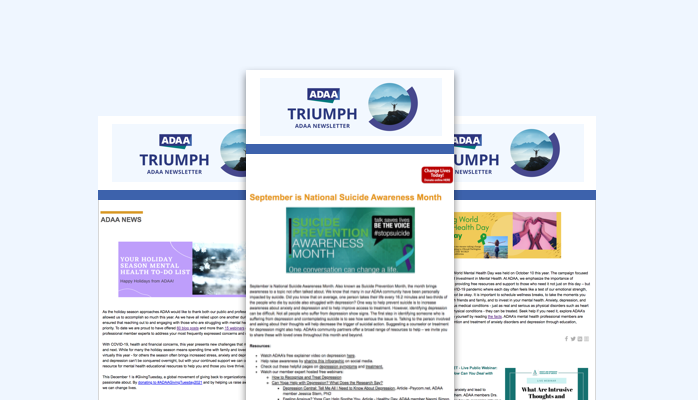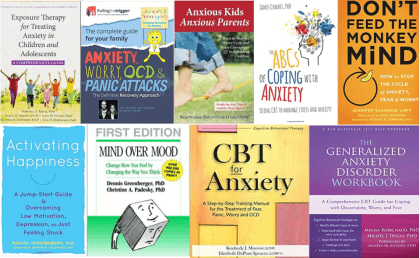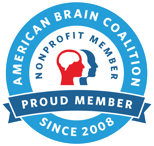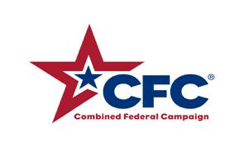Transcranial magnetic stimulation, known as TMS or rTMS, may be a safe, effective, and noninvasive option for people who have depression that has not improved with medications. TMS creates a magnetic field to induce a small electric current in a specific part of the brain; the current comes from the magnetic field created by an electromagnetic coil that delivers pulses through the scalp. TMS is an FDA-approved treatment and recently (June 2019), the Brainsway Deep TMS device was approved for the treatment of OCD. There is ongoing research on the use of TMS to treat PTSD and other mental health conditions.
TMS does not require sedation, is non-invasive and is virtually pain-free. With modern safety techniques, there is a less than 0.1% risk of seizure or loss of consciousness with TMS. Those receiving TMS usually are treated four or five times every week for four to six weeks. Research shows that TMS produces few side effects. Each treatment session lasts about 40 minutes. A new form of TMS called theta burst stimulation was recently approved by the FDA for the treatment of depression; sessions of theta burst stimulation last only about 10 minutes but still are provided daily for several weeks.
To find out if TMS is the right treatment for you, speak to your therapist, doctor, or other mental health treatment provider. Your insurance may provide reimbursement for this treatment.
Types of TMS
Repetitive Transcranial Magnetic Stimulation (rTMS)
(2-3 cm) region of the brain. It has been studied and used as a treatment for depression, anxiety, and other disorders for over 20 years. Most research has been on rTMS as a treatment for depression, and it has been FDA approved since 2008 for the treatment of medication-resistant depression.
Each rTMS session is about 40 minutes and does not require sedation or anesthesia; the patient is fully awake. As it is an outpatient procedure, the patient can drive themselves to and from treatment without restrictions. An electromagnetic coil, about the size of a hand, is held against the front part of the scalp over an area of the brain involved in mood regulation and depression. Short electromagnetic pulses are administered through the coil. The magnetic pulses cause small electrical currents that stimulate nerve cells in the targeted region of the brain; they are about the same strength as a magnetic resonance imaging (MRI) scan.
rTMS has so far been shown to be safe when used as a stand-alone treatment or in combination with antidepressants. Investigators are studying whether rTMS is more effective when combined with psychotherapy. More research is needed to investigate other potential applications for TMS, such as for PTSD.
The procedure is relatively new, so long-term side effects are not known. Data collected since the mid-1990s so far has not shown any long-term issues. Studies on the safety of rTMS found that most side effects, such as headaches or scalp discomfort, were mild or moderate.
Theta Burst Stimulation (TBS) is a more recent form of rTMS. Theta bursts are short bursts of stimulation at very high frequencies, with the bursts themselves being applied 5 times per second. Theta burst may mimic the brain’s natural rhythm of activity. There are 2 types of TBS, continuous or cTBS and intermittent or iTBS; each has different effects of brain function. Most recently FDA-approved iTBS has been able to be performed in 3 minute treatment sessions and have similar results and side effect profile compared to standard rTMS.
Deep Transcranial Magnetic Stimulation (dTMS)
Deep transcranial magnetic stimulation (dTMS) is a method of stimulating larger, deeper brain regions.
- The procedure uses specialized coils that reach about 4 centimeters beneath the surface of the skull. Called H coils, these are designed to target different brain areas; for example, dTMS using the H1 coil has been approved by the FDA for depression that has not improved with any other type of treatment. dTMS has also recently been FDA-approved for the treatment of OCD.
- During a dTMS session, a person wears a cushioned helmet, which generates brief magnetic fields, similar to those in MRI scans. This is an outpatient procedure that has few side effects, and it does not require anesthesia or result in memory loss. Each daily session of 20 minutes takes place over four to six weeks. People who have this procedure can resume their normal activities immediately afterward.
Trending Articles
- New Approach Allows Magnetic Brain Stimulation to Target Deep Brain Structures, National Institute of Mental Health (NIMH)
- Writer Jenny Lawson on the Unusual Cure for Her Depression: 'I Had Happiness Drilled into My Head', People
- Integrating Deep Transcranial Magnetic Stimulation Into the OCD Treatment Algorithm, PsychiatricTimes.com
- Non-Invasive Brain Stimulation May Help Some OCD Patients Who Don’t Respond to Medications or Psychotherapy - BBRF trial supported by BrainsWay
- Brain Stimulation Therapies - NIH.gov
- Transcranial Magnet Stimulation - Mayo Clinic
- Frequently Asked Questions About TMS - Johns Hopkins Medicine
- FDA Clears Theta Burst Stimulation Device for Major Depression - MDMag.com

